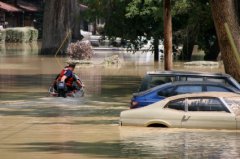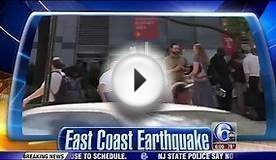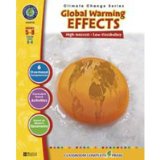Global warming effects on Weather Patterns
 Overhead, tall, dense clouds are poised to burst, their presence a sign of an imminent deluge.
Overhead, tall, dense clouds are poised to burst, their presence a sign of an imminent deluge.
These cumulonimbus masses are a reminder of the destructive floods that are occurring around the globe, which, taken together, are potent signals of one of the greatest environmental challenges of our time: global warming.
Powerful rain and snow storms—and, ironically, intense drought periods—are a well-known consequence of a warmer planet.
What is the relationship between global warming, climate, and weather?
Weather is what’s happening outside the door right now; today a thunderstorm is approaching. Climate, on the other hand, is the pattern of weather measured over a number of decades.
These rising temperatures—caused primarily by an increase of heat-trapping emissions in the atmosphere created when we burn coal, oil, and gas to generate electricity, drive our cars, and fuel our businesses—are what we refer to as global warming.
One consequence of global warming is an increase in both ocean evaporation into the atmosphere, and the amount of water vapor the atmosphere can hold. High levels of water vapor in the atmosphere in turn create conditions more favorable for heavier precipitation in the form of intense rain and snow storms.
High levels of water vapor in the atmosphere in turn create conditions more favorable for heavier precipitation in the form of intense rain and snow storms.
The United States is already experiencing more intense rain and snow storms.
As the Earth warms, the amount of rain or snow falling in the heaviest one percent of storms has risen nearly 20 percent on average in the United States—almost three times the rate of increase in total precipitation between 1958 and 2007.
In other words, the heaviest storms have very recently become even heavier.
As storms increase in intensity, flooding becomes a larger concern.
Flash floods, which pose the most immediate risks for people, bridges and roads, and buildings on floodplains, result in part from this shift toward more extreme precipitation in a warming world.
Regions previously thought to be safe from floods are increasingly threatened by them; agencies such as the National Oceanic and Atmospheric Administration (NOAA), National Aeronautics and Space Administration (NASA), and the US Geological Survey (USGS), among others, are working to gather information that can be used to redraw flood maps to help anticipate vulnerable areas.



|
SCBCCP5770-4 - GLOBAL WARMING EFFECTS GR 5-8 pack of 4 Office Product (Shoplet Best)
|